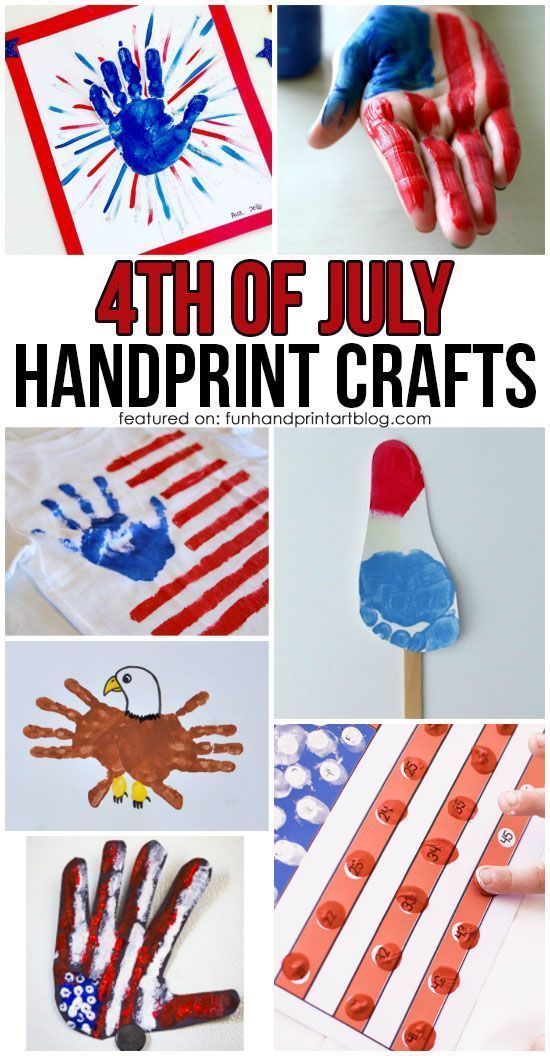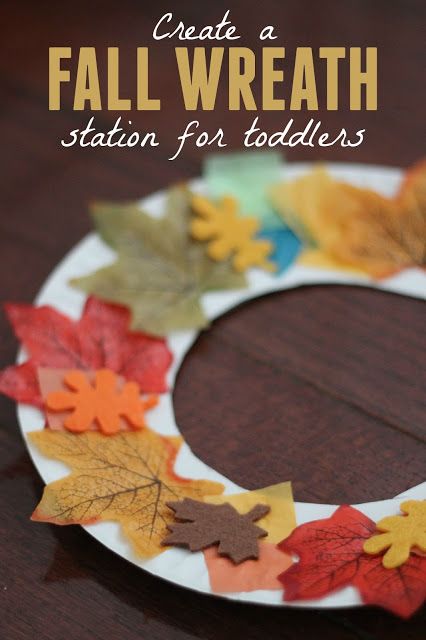
You should design a craft area that creates an ambiance for crafting. You need to consider several factors, including vertical space. Vertical space can be a great way to increase your creativity and productivity. These are some tips to help you create a craft space.
Create a moody atmosphere in your craft room by decorating it
If you are creative you can make use of your craft area as a place to express. A well-planned workspace is vital, but it's also important to give your space the right aesthetic touches. For creative activities, a craft room that has lots of natural light and storage is ideal. It's also important to provide a relaxing and inviting space. A statement light fixture or a rug can give the room a sophisticated feel. You can mix and match different textures and colors to create the right atmosphere.

There are many ways to design a craft room to suit your tastes, no matter if you want it to be cozy and feminine or more industrial. For instance, Art Deco is a timeless look that will add a touch of elegance to your workspace. Art Deco is great if you're a crafter as it relies on bold imagery. While your craft space can be stylish, you can also incorporate antiques, patterned folders, and boxes.
You can maximize your inspiration and productivity by including certain elements
A plan is essential before you start designing your craft space. It will be helpful to know what areas of the room you will use most often. A place for supplies storage will make your workspace easier. A crafting area should be located near artificial or natural light. There are many factors you should take into consideration when designing a craft room.
One of the most important things when designing a craft room is to consider its storage space. You can achieve both ends with a storage cart. These carts are easy to move from one room to the next. For craft supplies, consider buying a storage unit that features tiers and is easy to organize. Look for shelving with labeled tiers to make the space easier to organize.
Make good use of vertical space
When designing a craft room, it's important to make good use of vertical space. For display purposes, open shelves and clear cabinet doors with glass inserts are best. Opaque cabinets can make the space look more appealing and more organized. For organizing craft supplies, you could also use a pegboard/slatwall. You can also consider installing a rolling cart to keep all your supplies in easy reach. Just make sure to leave some space for parking the cart. You can also store your items in file drawers.

If you're not using your craft room as a workspace, consider hanging hooks, shelves, or cabinets to provide more space and access to materials. Magnetic boards are another way to display crafting supplies. These walls should be labeled with all the items you keep. This will prevent any unused items from falling to the ground. You could also use the wall space to create doodles and other creative ideas.
FAQ
What are the best ways to find a hobby?
It can feel overwhelming to start your search for a hobby when you first begin.
You're likely thinking, "I can't be very artistic" or "I have no idea what I'm doing."
The truth is that you likely already have a lot experience in your chosen hobby.
It's simply that you haven’t yet realized it.
Have a look at your home. Do you have a lot of stuff?
Do you have any toys from the past?
Perhaps you own a collection or magazines.
Perhaps you've always wanted a career in cooking.
Or perhaps you would just like to learn how to play the guitar again.
Whatever your hobby, it's possible to make it a hobby.
It is important to recognize that you already have a lot of experience to draw from.
Once you have done that, you will be able choose a hobby that suits your lifestyle.
Can I make money from my hobby?
Many hobbies can lead to making extra cash.
If your hobby is a passion, you may be able to sell related items.
If you are a stamp collector, you might want to start a website that sells rare stamps.
This way, you can earn extra income without having to go through the hassle of actually buying and selling the stamps.
Another option would be to create a YouTube channel where you talk about your hobby.
This allows one to share their passion with others, potentially generating additional revenue through the offering of premium content.
What are educational hobbies?
An educational hobby is a activity that allows you to learn by doing it. This could be anything you want, such as playing sports or learning how to play an instruments.
You should have fun with it. While you don't need to do it every day, if bored you might consider other activities.
Also, you need to be careful not to spend too much on these activities. They can end up costing more than you think.
What is a good hobby for kids?
A hobby for kids is any activity they like to do as part of their normal daily routine. You might find them interested in drawing, building things, painting, writing stories, playing with toys, listening to music, reading books, watching TV, and playing computer games. They may also like to play soccer, football, basketball, cricket, rugby, baseball, and hockey.
Many parents worry that their children will get into trouble if they're allowed to do whatever they want. It is not true. Your child won't get in trouble if they are safe and don't do any harm to anyone.
It's important to remember that just because they like to do something doesn't mean that they'll always choose to do it. For example, if they love drawing pictures but they hate writing, then they may decide to draw pictures instead of writing.
There are many types of hobbies. It's up to you to choose one that you really enjoy.
What are the most popular hobbies right now?
Popularity does not always mean that you are popular. It is often used as an excuse for mediocrity. Most people don’t have the time to pursue any hobbies they desire. They are always too busy to earn a living. What do you do with your spare time? Start a business.
This isn’t easy. You will need to overcome many obstacles before your idea can become a reality.
If you are looking for something more than running a business you might consider starting a hobby.
Hobbies can be more than just creative pursuits. There are many hobbies. There are many hobbies available, including:
-
Gardening
-
Cooking
-
Photography
-
Reading
Statistics
- The intensity of the dialogue partners' bond at the end of the forty-five-minute vulnerability interaction was rated as closer than the closest relationship in the lives of 30 percent of similar students. (time.com)
- The Role of the Mind in Sex, Dating, and Love: Men in the “humor” condition received phone numbers from 42.9% of the female participants and were refused 57.1% of the time. (time.com)
- Studies show that just six minutes of reading can reduce stress levels by 60 percent. (oberlo.com)
- Much of this decline reflects the fact that teens are less likely to work today than in the past; among employed teens, the amount of time spent working is not much different now than it was around 2005. (pewresearch.org)
- In comparison, men in the “no humor” condition were refused 84.6% of the time and were only accepted 15.4% of the time. (time.com)
External Links
How To
How to start gardening
Gardening is one form of agriculture that dates back to the beginning. It requires patience, persistence and determination. The first step in starting your own garden is choosing a location where you want to grow food. This could be on a large piece of land or in your backyard. Next, you will need to decide which type of plants are best for you. Do you prefer flowers over vegetables? Some people love to grow herbs, while others enjoy raising animals like rabbits. Before you decide what crops to plant, you should think about how much space is available. If your climate is cold, you may decide to plant berries and fruits.
Once you have chosen what you will be planting, you must take some time to prepare your soil. Your plants' success or failure will depend on the soil they are placed in. Organic matter is essential for the health and well-being of your plants. Organic matter includes things like leaves, twigs, grass clippings, manure, and compost. Once you have prepared your soil, you need to add nutrients. Depending on the type of plants you plan to grow, you may need different amounts of nitrogen, phosphorus, potassium, calcium, magnesium, boron, zinc, copper, manganese, iron, molybdenum, chlorine, sulfur, sodium, and so on. Online fertilizer calculators can be used to determine these values. Many fertilizers are available, so make sure you know what you are buying.
After you have prepared your soil, and added the correct nutrients, you will need to wait until your seed germinates. The process can take between 2 and 3 months depending on how hot or cold it is in your region. Once the seeds have sprouted you will need to water them often. Problems can arise if you water your plants too frequently or too little. Overwatering can cause problems. Overwatering can lead to root rot and fungal diseases. When watering your plants, remember that most plants require less water during the warm summer months than in winter. Some plants must be dried out after being watered. Tomatoes, for example, need to be kept moist but not too wet. Soggy soil is not a good choice for tomatoes. After flowers are finished, plants must go dormant. Dormancy occurs when plants stop producing any new growth and start to store energy for the next harvest. Dormancy is when the plant stops sending signals back to its roots for food production. During this period, plants continue to store energy. If temperatures fall below freezing or the plants are not getting enough sunlight, they will die.
Living in urban areas may restrict the types of plants you can plant. Concrete sidewalks, roads, buildings and parking lots are all common in urban areas. These blocks block sunlight from reaching ground level. Concrete absorbs light which blocks sunlight from reaching the ground below. Because of this lack of sunlight, many plants cannot survive in cities. However, many plants can still thrive in urban environments. Many trees, shrubs, and perennials can adapt to city living. Many annuals can also grow indoors in pots. Container gardens allow you to bring fresh greenery into your home year-round regardless of the weather outside.
You are now ready to plant your garden!